The agricultural industry stands at a crossroads in pest management, where the collateral damage of broad-spectrum neurotoxic pesticides has become environmentally untenable. A quiet revolution is brewing in laboratories worldwide—one that trades brute-force chemistry for surgical precision by targeting specific neural receptors in pest brains. This paradigm shift toward neuroreceptor-targeted pest control could dismantle decades-old practices rooted in indiscriminate toxicity.
Unlike conventional neurotoxins that blanket entire nervous systems, the next generation of compounds zeroes in on receptor subtypes unique to key pest species. Researchers at the University of California recently isolated octopamine receptor variants in caterpillars that differ markedly from those in pollinators. These molecular distinctions now serve as bullseyes for designer molecules that paralyze crop-devouring larvae while leaving bees unfazed—a feat impossible with legacy pesticides like neonicotinoids.
The implications ripple beyond selectivity. Resistance mechanisms, the bane of traditional pesticides, struggle against compounds engineered to bind receptor conformations that pests cannot alter without lethal consequences. A 2023 study in Nature Chemical Biology demonstrated how tweaking a single amino acid in fruit fly GABA receptors rendered experimental insecticides ineffective—until chemists redesigned molecules to anchor at adjacent binding pockets evolution couldn’t easily modify.
What makes this approach revolutionary isn’t merely its precision, but its potential to rewrite ecological equations. Field trials in Indonesian palm plantations saw a 92% reduction in non-target arthropod mortality compared to pyrethroid sprays when using receptor-specific compounds against weevils. The sprayed areas retained predatory spiders that naturally curb secondary pests—an unintended benefit highlighting how neurospecific pesticides might restore balance to agroecosystems.
Yet hurdles loom between petri dishes and fields. The blood-brain barriers of insects vary wildly across species, requiring delivery mechanisms as nuanced as the toxins themselves. Some labs embed active compounds in sugar polymers that only certain pests metabolize, while others engineer volatile precursors that become lethal only inside target neurons. Such complexity challenges mass production, with per-acre costs currently 3-5 times higher than conventional options.
Regulatory frameworks scramble to keep pace. The EPA’s traditional toxicity metrics struggle to evaluate compounds lethal to one species at nanogram doses yet harmless to others at milligram exposures. A controversial 2022 approval of a moth-specific neurosteroid modulator in Arizona cotton fields—granted under an "ecological selectivity fast-track"—sparked debates about whether reduced ecotoxicity justifies less extensive testing.
Market forces compound these challenges. Patent thickets around receptor mapping technologies have led to absurd scenarios where three companies hold rights to different steps of targeting the same mosquito ion channel. Meanwhile, agrochemical giants quietly acquire startups specializing in computational neuroethology, betting that AI-predicted receptor targets will define future pest control portfolios.
The human dimension often gets overlooked. Kenyan farmers interviewed during trials of locust-targeted neuroinhibitors expressed skepticism toward chemicals that don’t produce immediate insect knockdown—a visceral expectation shaped by decades of neurotoxin use. Extension programs now emphasize how delayed mortality from receptor interference actually prevents the frenzied feeding bursts that occur with traditional nerve poisons.
On the horizon lie even more radical possibilities. Gene drives could propagate engineered neurotransmitter receptors in wild pest populations, creating susceptibility to otherwise harmless compounds. Early modeling suggests such precision neurogenetics might control invasive rodents on islands by targeting dopamine receptor subtypes absent in native fauna. The ethical lines blur when considering permanent neurological alterations to entire species.
As with any disruptive technology, the path forward demands nuanced stewardship. The same receptor-targeting principles yielding eco-friendly insecticides could theoretically be weaponized to exterminate beneficial species. Already, classified military research documents leaked in 2021 revealed interest in species-specific neuroweapons—a chilling reminder that precision is morally neutral until applied with intent.
The coming decade will test whether humanity can wield neurospecific knowledge wisely. One thing seems certain: the era of carpet-bombing ecosystems with neurotoxins is ending, replaced by a new age of neuroscientific pest management that demands deeper understanding of both insect brains and our own ethical boundaries.

By /Jul 3, 2025

By /Jul 3, 2025

By /Jul 3, 2025

By /Jul 3, 2025

By /Jul 3, 2025

By /Jul 3, 2025

By /Jul 3, 2025

By /Jul 3, 2025

By /Jul 3, 2025

By /Jul 3, 2025

By /Jul 3, 2025

By /Jul 3, 2025
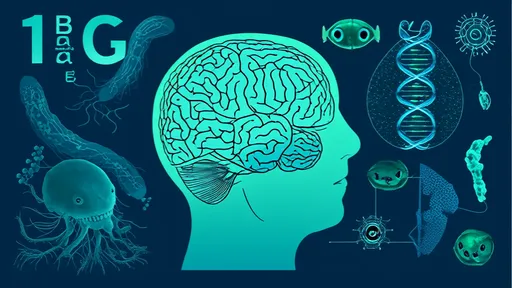
By /Jul 3, 2025

By /Jul 3, 2025
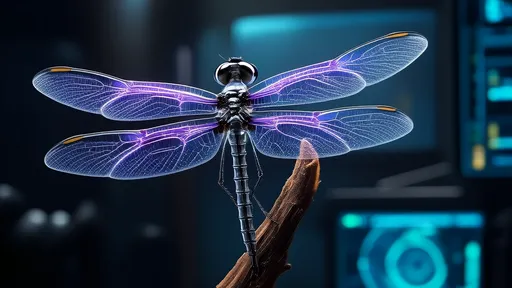
By /Jul 3, 2025
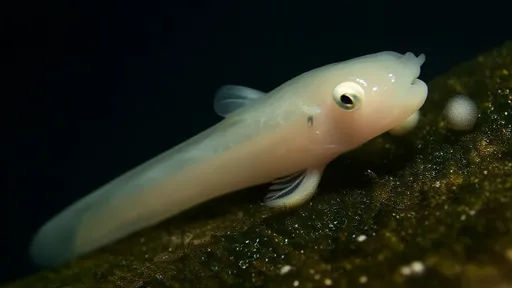
By /Jul 3, 2025
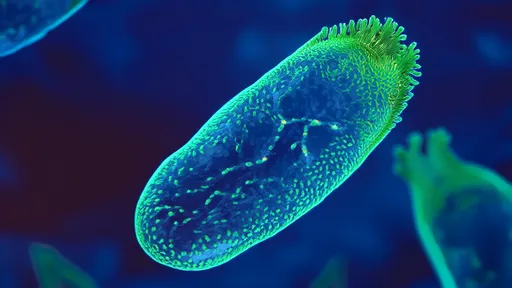
By /Jul 3, 2025
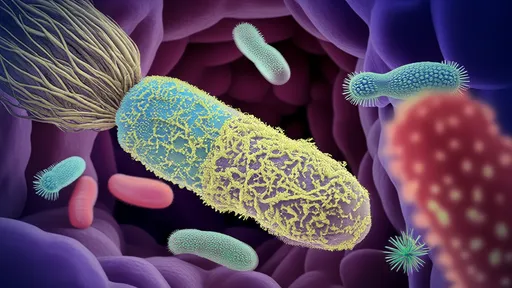
By /Jul 3, 2025
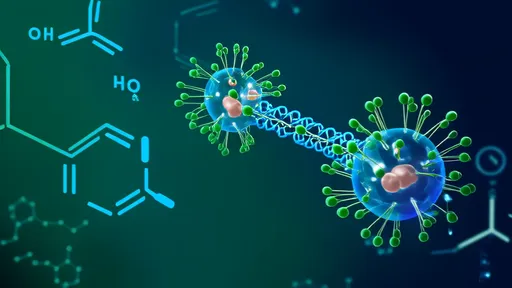
By /Jul 3, 2025

By /Jul 3, 2025